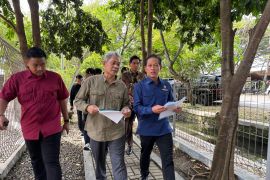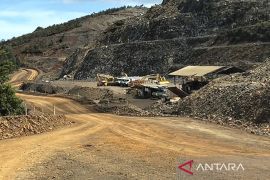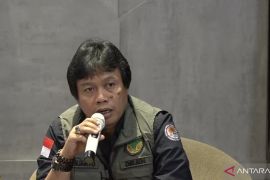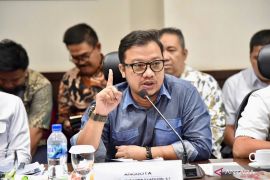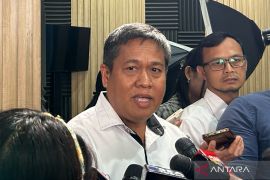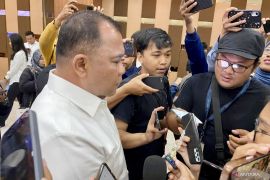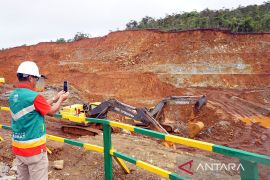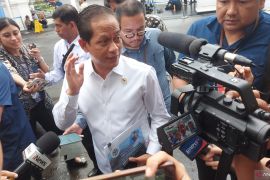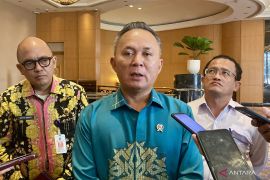The wild territory of Misool is one of the most visually breath-taking and captivating sites in Raja Ampat.Sorong, West Papua (ANTARA News) - The Raja Ampat district government has set its focus on developing the island into a new tourist area, though the limitation of sea transport is still a constraint.
Raja Ampat District Head Abdul Faris Umlati remarked here on Monday that the local government is in need of a ship to serve the route from the district town of Waisai to Misool island.
Therefore, he said the local government has proposed to the central government to assign a ship to serve the route in a bid to attract tourist visits to Raja Ampat, especially to Misool island.
The local government, according to Umlati, is currently building facilities and infrastructure in Misool island to enable tourists to enjoy the scenery of the island from the top of a rock cliff.
In addition, the local government is building some accommodations and restaurants on the island for visitors.
Compared to the already well-known islands, such as Pinanemo and Wayak islands, Umlati remarked that Misool island is the most beautiful tourist destination in Raja Ampat.
A survey in South Misool Nature Reserve has recorded 159 bird species including 4 birds of paradise and 5 bat species, and numerous protected rare birds.
Misool, one of the four major islands in Raja Ampat district in the Indonesian province of West Papua, is being developed into a new tourist area.
Misool island is famous for its diversity of cultures, customs, land and sea, with clear turquoise waters that hold 75 percent of all known species of corals and ornamental fish in the world, and boasts the highest level of marine biodiversity on the planet.
Hoping to draw more local and foreign tourists to Raja Ampat, the local government is developing the island of Misool.
The wild territory of Misool is one of the most visually breath-taking and captivating sites in Raja Ampat.
The island is heavily forested, and at first sight reveals nothing but a thick green carpet of dense forests and mangrove swamps.(*)
Editor: Heru Purwanto
Copyright © ANTARA 2016

